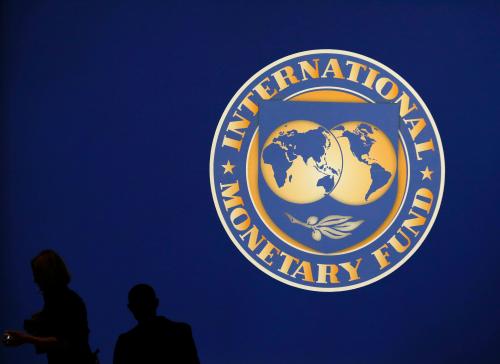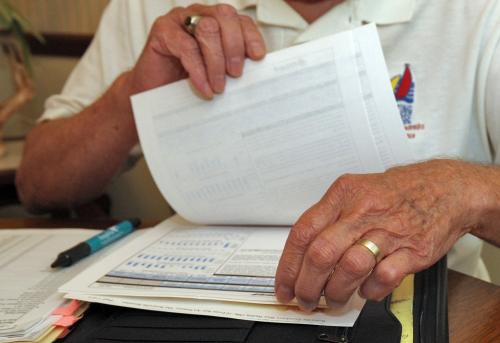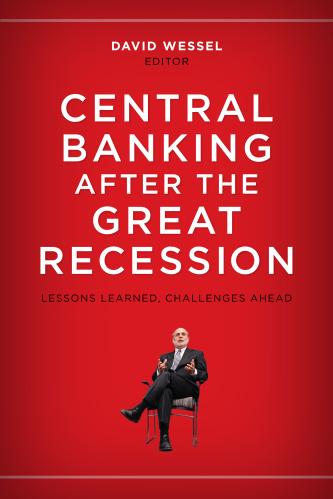President Obama is a believer in behavioral economics, the exploding field that relies on psychology and economics to study how people actually behave, as opposed to how they’re supposed to behave in standard economic models.
The Social and Behavioral Sciences Team (SBST) at the White House Office of Science and Technology Policy is working with agencies across the government to apply the insights of behavioral science to help Americans make better use of the federal programs designed for their benefit.
Here’s how Maya Shankar and Bill Congdon, leaders of the SBST team, describe the results of the team’s first year, which culminated with an executive order from the president.
In their presentation, they focus on the results of a few projects that streamlined access to programs and improved government efficiency. A more comprehensive representation of all of SBST’s work can be found in their first annual report.
The roots of the White House focus on behavioral economics can be traced to three meetings that took place in 2013: One held in the Old Executive Office Building featuring leading academics, federal agency leaders, and other stakeholders; one held at US Treasury, featuring the ongoing work in the agencies related to behavioral impacts; and the third at Brookings (led by Ron Haskins), which was a focused discussion of the progress and potential of the behavioral insights unit in the United Kingdom. While at Brookings, economists Jeff Kling and Bill Congdon also published a Brookings Press book on the subject.
To see the full video of the Shankar-Congdon presentation at Hutchins Center, click here.
Click here to check out the full line-up from the Hutchins Center event, The power of the nudge: Policy lessons from behavioral economics.
The Brookings Institution is committed to quality, independence, and impact.
We are supported by a diverse array of funders. In line with our values and policies, each Brookings publication represents the sole views of its author(s).








Commentary
Behavioral economics and Brookings: The roots of Obama’s executive order
September 28, 2015